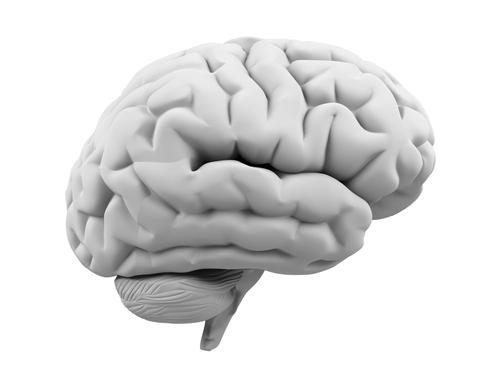While even a modestly powered processor can crunch numbers at speeds much greater than anything possible by the human brain, our grey matter possesses unique abilities that have (at least so far) eluded all attempts to replicate in silicon, such as intuitive leaps and creativity. A machine can calculate Pi to the millionth digit, but if you want a truly off-the-wall solution to a perplexing conundrum, you’ll need a human being (preferably jacked up on a lot of caffeine). After years of research—which included funding from DARPA, along with collaborators such as Cornell Tech and iniLabs—
IBM has come up with what could prove the first step toward making computer chips more “human.” Its so-called
“neurosynaptic computer chip,” roughly the size of a postage stamp, features 4,096 cores that each integrate memory, computation, and communication; layered densely in a mesh, these cores can reportedly communicate seamlessly with their neighbors, emulating—at least in theory—the neural networks that undergird human cognition.
Click here to find Chip-design jobs. IBM claims the chip, which boasts 5.4 billion transistors, is capable of 46 billion “synaptic operations” per second per watt, and will only consume 70mW of power, or roughly the equivalent of a hearing-aid battery. On paper, a production version of the chip could serve in pretty much any field that needs pattern recognition or complex problems solved. But not everybody seems convinced that IBM’s on the verge of unleashing a computing revolution. “The chip appears to be very limited in many ways, and the performance is not what it seems,” Yann LeCun, director of artificial intelligence research at
Facebook,
told The New York Times. Other researchers are taking a wait-and-see approach, especially given the chip’s relatively early stage of development; despite an impressive number of cores and transistors, the chip still doesn’t come anywhere close to the complexity of the human brain. The other big question is whether a grid of cores can ever replicate some of the key elements of human consciousness, especially since consciousness isn’t something fully understood by current science.
Related Articles
Image: annt/Shutterstock.com
Upload Your ResumeEmployers want candidates like you. Upload your resume. Show them you're awesome.


